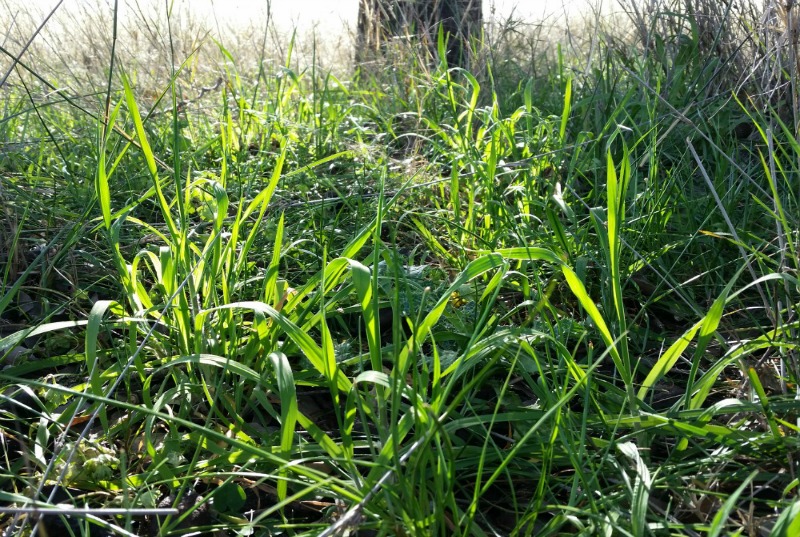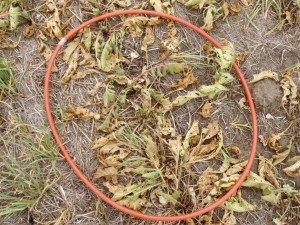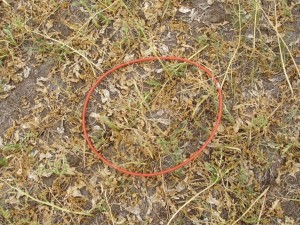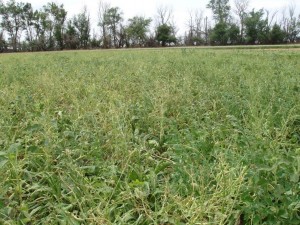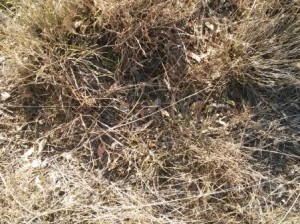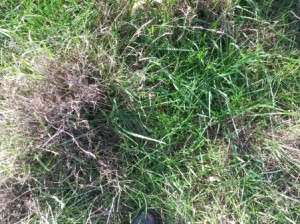Plants helping plants! This is interesting stuff. Competition between plants is well known and documented, but what if the opposite could also happen, that plants of different species could actually help other plants. There is nothing particularly new about this – it can be something as simple as a tree providing shelter from direct sunlight and heat, allowing a plant underneath to do better than it otherwise would. But it is more than just this.
First, understand that when species interact for the benefit of either one or both of the species, but not to the detriment of either, it is known as facilitation.
What is really interesting and more recently evident from studies however, is that during times of stress such as drought, facilitation can increase. “Positive interactions, such as those that promoted neighbours’ survival, strengthened in influence, and negative interactions, such as those that hindered neighbours’ growth, weakened.”1
A hypothesis was developed around this in 1994, known as the stress gradient hypothesis. Sounds technical, but what it is saying is “that as stress increases in an ecosystem, mutually supportive interactions become more significant and negative interactions, such as competition, become less so.”2
“Positive interactions” become measurably more influential when ecosystems become threatened by conditions such as drought”3. This was consistent with grasses, shrubs and trees and in varied environments of woodlands, grasslands, wetlands – which all shifted from less negative to more positive interactions. It didn’t always occur, but the interactions never became more negative under more stressed conditions.
“Typically, highly competitive species [e.g., grasses] have decreased competitive or neutral effects at high stress, whereas less competitive species [e.g., trees] have strong facilitative effects at high stress.”3
What does all this mean for us in the real world of cropping and grazing?
I will remind you of my cover cropping blog from some weeks back and refresh you on the photos from a U.S. cover cropping trial. The first two images are of single species cover crops, whilst the last is a multi-species cover crop (which was a mixture of the varieties from all of the single plots).
This facilitation between plants goes some way to explaining what we see in these images. “It’s the same reason why sparsely planted gardens wilt in hot, dry conditions while more densely planted gardens survive. Mutually beneficial soil shading becomes more important than competition for that soil moisture when it becomes scarce.”4 This is pretty amazing.
This further supports the benefits of a multi species cover crop, over single species. Note that such a difference is not likely in a good season, with abundant resources for the crops, as this effect is most evident under stressed conditions.
I recall from my discussions with Gabe Fuller (US cover cropping blog), he spoke of a particular species that was frost susceptible, but when he put it in a mix with many others, it had much greater growth opportunities and survivability through the winter.
… And broadacre monoculture cropping?
It makes one think about the advantages of companion cropping – something I haven’t blogged about yet, but will get to down the track. What about growing companions crops that can be mutually supportive in dry times. This could be corn with peas or vetch with oats in winter. Some crops can be harvested simultaneously and graded to separate the two species’ seeds. It could be something less conventional to broadacre cropping, like pumpkins and climbing beans grown under corn. The native Americans reportedly did this – the corn provided something for the beans to climb, the beans provided nitrogen and the pumpkins created ground cover to suppress weeds (and likely keep the soil cooler too).5
What does this mean for our pastures and pasture diversity?
This indicates that by having diversity in our pastures, we are setting our farms up to better handle environmental stresses, including drought.
There were some trials done at our closest NSW Department Primary Industries (DPI) research station, on identifying optimal pasture species densities for sub-tropical grasses. The trials have been done with a single species of grass and the optimal densities identified have been considerably lower than one might expect – when looking for maximum dry matter production. This was described as being a reflection of the growth habits of the plants, whose growing period could be extended in time, when moisture was not used up early by high densities of grasses.
Now, let’s consider this trial in conjunction with the above information about facilitation. Sometimes when we break a situation down to its simplest component for trial work, we completely miss some of the advantages gained from things like facilitation. If these trials were planted in combination with a non-grass species, the ideal planting densities may well have been different and different outcomes in dry matter may have been achieved in dry times.
What about trees?
The outcomes from this work are indicating that less competitive species like trees have a greater shift toward facilitation in stressful times.
The information from this research got me observing on our farm recently. [Our annual rainfall here is around 600mm or 24 inches. It has been quite dry here of late, with the last fall of 25mm (1 inch) being over 4 months ago. Since then, there has been 79mm of rain (3inches 64points) in various small falls.]
Here are two photos taken just 3-4 metres away from each other. One is in the shade zone of a pepper tree and the other is outside that zone.
It is in a laneway paddock on the farm – we don’t see cattle camp here or stand around here – they tend to pass through this area, so I don’t think there are any effects of that sort. The species that are green are only annuals, but none the less quite an amazing difference. There was also great clover in spots, that is not evident in this picture. There may be other things impacting the difference – but not that I can see of. This area not only receives afternoon shade, but also receives some morning shade from another tree.
This is a little contrary to what we generally see with crops around trees. Normally under stressful conditions such as drought, we would see the crop suffering severe stress and even death up to 30 metres (90 feet) from the tree or trees. Does this occur around all species of trees growing in or alongside a crop field? Or are particular tree species more facilitative than others? Are some of the positive effects in pastures aided by soil microbiology that is supported by the tree and pasture, the diversity of which is not present under the monoculture crop system?
The benefits of facilitation can also be present with nutrients as well as moisture. A study of eucalypts in eastern Australia stated “My results showed that with decreasing moisture, Eucalyptus trees consistently improved nutrient availability”.6
What next?
The work that essentially supports what was previously a theory, about greater facilitation under stress, is only relatively new. As the research in this area increases, we may be able to find specific combinations that facilitate better together for things like companion cropping. We may find out if certain shrubs or trees facilitate better than others. It may be that some of these associations between plants may be more relevant for our dryer regions – which exhibit the environmental conditions under which facilitation may increase.
Something we have learned is that careful observation within our own farming systems can teach us so much.
What have you noticed on your farm?
I would love you to email me some photos if you have something to share.
References
1,2,3&4. Brown University. How plant communities endure stress. 13th August 2014. https://news.brown.edu/articles/2013/01/ecostress
5. Odom, A. What is Companion Planting? May 10th 2010 – http://farmersalmanac.com/home-garden/2010/05/10/what-is-companion-planting/ 15th Aug, 2014.
6. Muller, J. Gradients in Plant Facilitation under eucalypt canopies in eastern Australia. March 2013. https://www1.ethz.ch/ites/education/wul/lehre/master/masterarbeiten_2013/MA_MJ 15th Aug, 2014.

